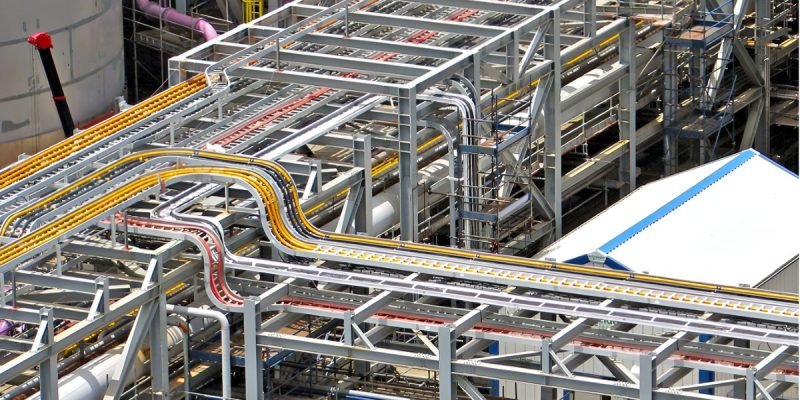Electrical Design


5 Months - 120 Hrs

3 Alternative days/ week

09:30 pm-11:30 pm
Eligibility :- B.Tech / M.Tech / Diploma in Electrical Engineering
Course Overview
Our Electrical Design course is specifically designed to meet the needs of the modern industry, offering a blend of theoretical knowledge and hands-on training using leading electrical design software. This program will equip you with the skills to work on complex electrical systems in various industries, especially oil and gas, power distribution, and construction.
- Module 1: Introduction to Electrical Design in Industries
- Understanding key terminologies used in oil and gas and electrical design.
- Electrical power distribution concepts and their applications.
- Overview of raceway details such as cable trays, conduits, duct banks, and direct buried trenches.
- Learn about fittings (Tee, Horizontal/Vertical bends, Reducers, Cross) and their significance.
- Raceway sizing based on IEC standards.
- Introduction to structural basics such as cable tray racks and installation details.
- 3D modelling of trays, conduits, duct banks, and their supports using SP3D.
- Module 2: Switchgear and Components Fundamentals
- Introduction to switchgear and its types.
- Study of switching devices (ACB, Isolator, MCCB, MCB, RCCB, RCBO) and their ratings.
- Understanding transformer types and interpreting nameplate details.
- Calculating primary, secondary, and short-circuit current.
- Learn about starters (DOL, Star-Delta, VFD) and their components.
- Introduction to electrical panels, general arrangement (GA) drawings, and single-line diagrams (SLDs).
- Understanding components used in electrical panels and how to read schematic diagrams.
- Basics of CT (Current Transformer) and PT (Potential Transformer) sizing.
- Introduction to Ring Main Units (RMUs) and HV Panels.
- Overview of IEC and ISO standards used in the industry.
- Module 3: Substation Design
- Study the design of switchgear (HV, MV, LV, lighting, and small power panels).
- Understanding transformer yards and equipment placement with minimum clearance requirements.
- Learn about different types of bus ducts (IPBD, SPBD, NSPBD).
- 3D modelling of transformers, switchgear, bus ducts, firewall, and electrical rooms using SP3D.
- Module 4: Lighting System Design
- Introduction to the basics of lighting systems and related calculations.
- Learn important lighting terms like Lux, Lumen, Maintenance Factor, and Utilization Factor.
- Understand lux requirements for different areas and study light fixture details.
- Become familiar with codes and standards governing lighting installations.
- Learn about standard installation details (Wall Mount, Ceiling Mount, Stanchion Mount Fixture).
- Create lighting layouts and 3D models of light fixtures.
- Module 5: Earthing and Grounding System
- Understanding the basics of earthing systems.
- Learn about different types of earthing: system earthing and equipment earthing.
- Study standard installation details for earthing systems.
- Develop earthing layouts and learn about lightning protection.
- Module 6: Hazardous Area Classification
- Importance of hazardous area classification in electrical design.
- Learn about gas groups (IIA, IIB, IIC) and temperature classes (T1 to T6).
- Study area classifications for zones 0, 1, and 2.
- Module 7: Software Knowledge
- AutoCAD: Learn the basics of AutoCAD for electrical design.
- Smart Sketch: Gain foundational knowledge in Smart Sketch for efficient design processes.
- Navis Works: Learn how to visualize and review 3D models for electrical projects.
- SP3D: Review and apply your knowledge of SP3D modelling.
- Module 8: Electrical Layout Preparation
- Learn to prepare raceway layouts.
- Create lighting layouts tailored for different project requirements.
- Develop earthing layouts to meet industry standards.
- Final project closure and review of design deliverables.